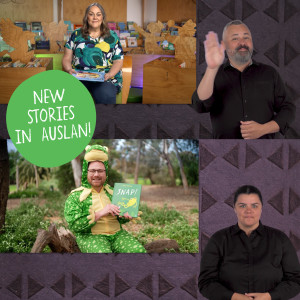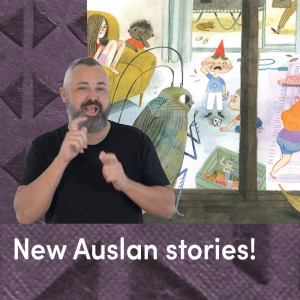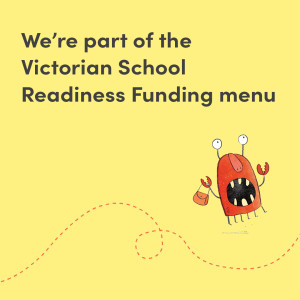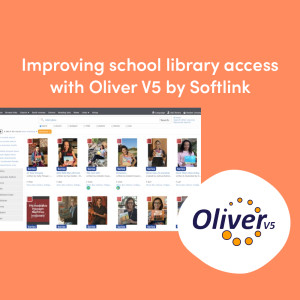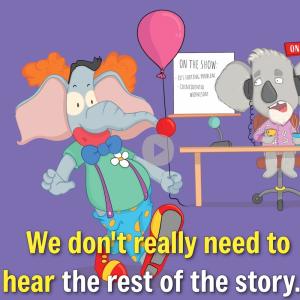All About Auslan with Auslan Consultancy's, James Blyth!
06 Sep 2024
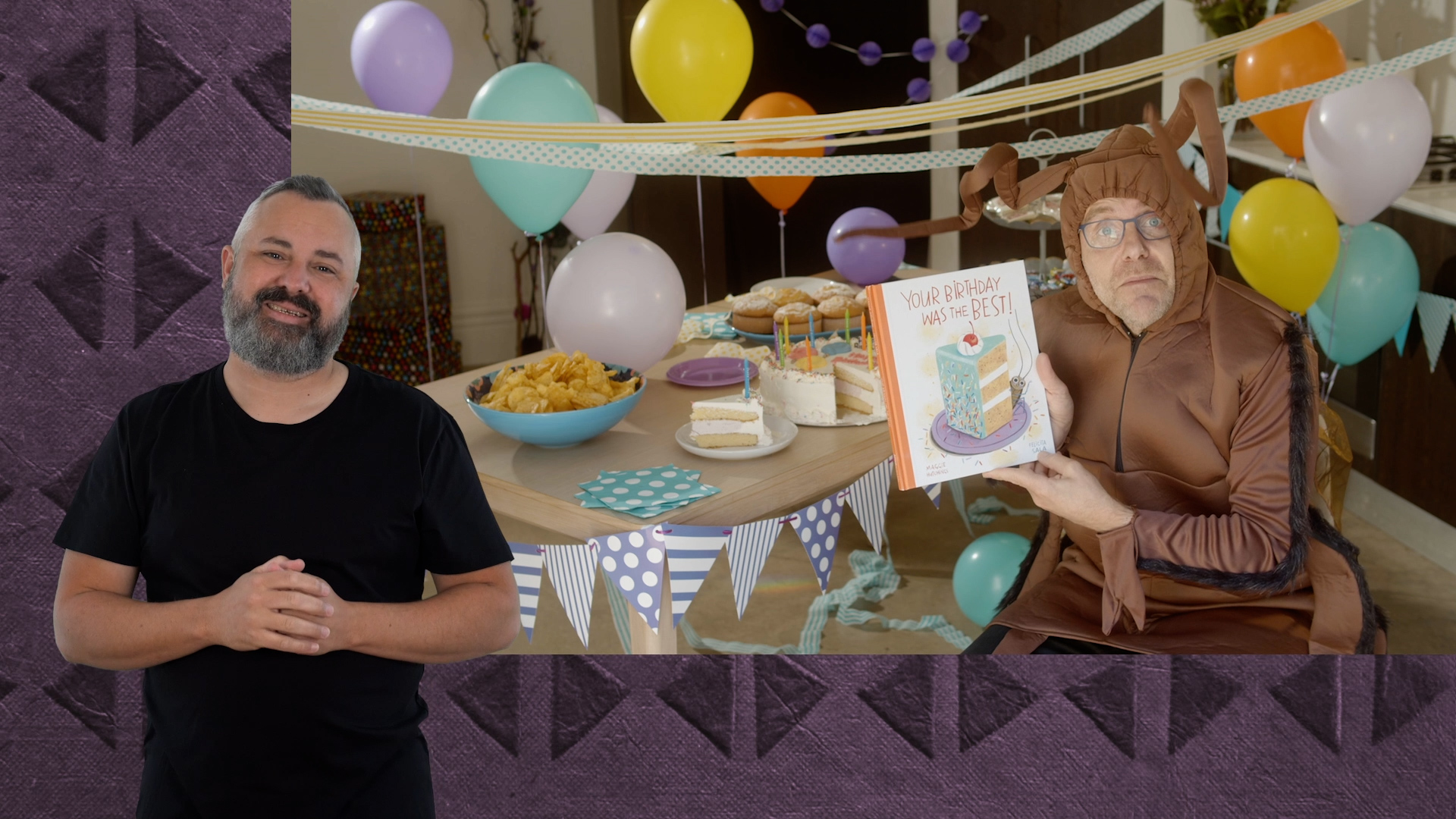
Hi James, can you briefly explain the difference between Auslan and other forms of sign language?
Auslan, or Australian Sign Language, is the primary sign language used by the Deaf community in Australia. It is distinct from other sign languages in several ways:
- Geographical Origin: Auslan is unique to Australia, and like spoken languages, sign languages vary from country to country. For example, British Sign Language (BSL), American Sign Language (ASL), and New Zealand Sign Language (NZSL) are all different from Auslan, even though there might be some similarities between them.
- Grammar and Structure: Each sign language, including Auslan, has its own grammar, syntax, and structure. Auslan has a visual grammar, using hand shapes, movements, facial expressions, and body language to convey meaning. This differs from ASL, for example, which has a different grammatical structure and vocabulary.
- Cultural Context: Sign languages, like Auslan, also embed cultural elements unique to the Deaf communities they serve. Auslan reflects Australian Deaf culture, including nuances of local expressions and signs that are not found in other sign languages.
- This makes Auslan not just a translation of spoken English into visual form but a distinct, complete language with its own rules and cultural context.
How can educators authentically embed Auslan into their classrooms, do you have any practical starting tips?
Educators can authentically embed Auslan into their classrooms by focusing on meaningful engagement with the language, rather than using it for singular tasks like signing a song. The goal should be to introduce Auslan as a tool for communication and understanding, not just a one-time activity. Start by teaching students basic conversational signs, introducing Deaf culture, and encouraging regular use of Auslan in everyday interactions. It’s important to approach it as a language and cultural learning experience, fostering respect and inclusion for Deaf individuals.
Do you have a favourite StoryBox story in the Auslan Story Time series?
I would say How to Make a Bird story.
What decisions were made to ensure the treatment of the stories in the StoryBox Auslan Story Time series resulted in an engaging experience for viewers?
To ensure an engaging experience for viewers in the StoryBox Auslan Story Time series, we carefully selected our translators. Not every translator excels at storytelling—just as some newsreaders are great at delivering news, but not children's stories. We gave our pool of translators the opportunity to choose stories that resonated with their values, beliefs, and passions, ensuring they could connect deeply with the content. Additionally, we worked closely with language and cultural consultants during both the translation process and filming to maintain authenticity. Finally, our editor, a native Auslan user, ensured the timing and flow of the video were just right, creating a seamless and engaging viewing experience.
Does watching StoryBox’s Auslan Story Time series help those learning Auslan? What other resources would you recommend for children?
Yes, watching StoryBox’s Auslan Story Time series can be a valuable tool for those learning Auslan, especially children. It provides an immersive experience by showcasing fluent Auslan users telling engaging stories, helping learners pick up on natural signing, expressions, and cultural nuances. It’s also a great resource for developing vocabulary and comprehension in context.
In addition to StoryBox, I would recommend resources like Auslan dictionaries, video platforms like AuslanEd.com.au, and interaction with the Deaf community. For children, signing games, interactive story apps, and attending Deaf events can also help create a fun and supportive learning environment.
Thanks James!
Find StoryBox's Auslan Story Time series here.



